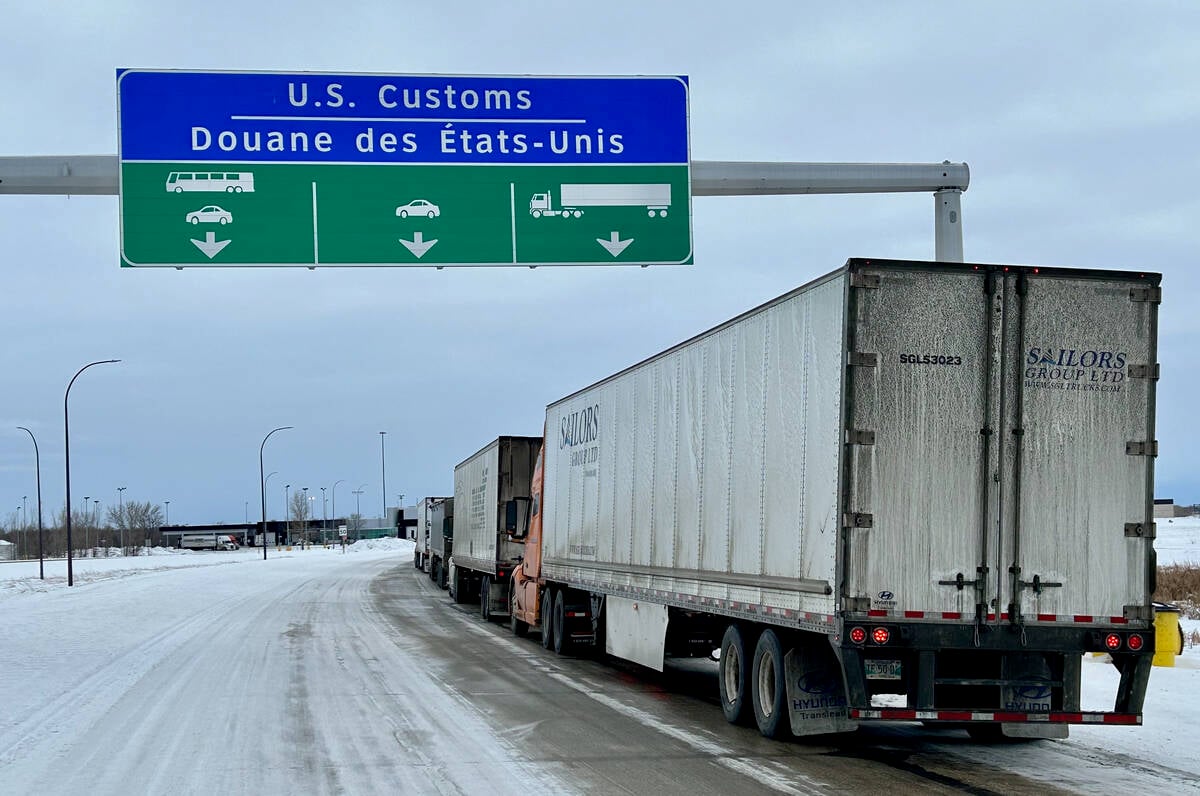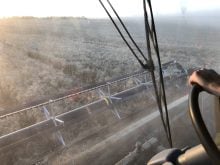With record farm debt and looming interest rate increases, Canadian farmers could face a financial calamity if they don’t take steps to protect themselves, says an eminent agricultural economist.George Brinkman, former chair of the department of food, agriculture and resource economics at the University of Guelph, said June 14 many farmers are over-exposed with debt levels that will become difficult to service if interest rates increase by four percentage points or more over the next several years as some economists predict.“What we are looking at is a potential catastrophe coming down the road,” he said during a conference call interview organized by BMO Bank of Montreal. It included BMO national manager for agriculture David Rinneard.“I think unless farmers begin to ask serious questions about how much interest rate increase they could handle, it’s very possible we will see a number of farm failures in the years ahead.”Rinneard, whose bank economists predict interest rate increases over the next two years as the economy heats up, said farmers should consider investing in the AgriInvest program to create a pool of money that could be used to offset debt-servicing shocks.He also urged farmers to talk to their lenders or financial experts to assess whether their capital structure must be changed, land should be rented rather than purchased, unproductive assets should be unloaded or their debt terms locked in to longer terms.“Now is the time to move, to make sure you can manage higher debt servicing costs because interest rates are still low and there is time to act.”Rinneard said that in some cases, farmers are being offered loans with payments only required on interest costs.“At BMO, we would discourage farmers from such programs.”Brinkman said Farm Credit Canada is the main source of these loans.“The dilemma on this is if you can only service interest costs, when those costs start to go up you are almost guaranteed to fail.”The retired University of Guelph agricultural economics professor and longtime critic of growing debt loads said Canadian farmers are now at a disadvantage to their American competitors.Since 1980, Canadian farm debt has tripled while United States farm debt is up just 33 percent.Brinkman said that while Canadian farm income has looked robust in the past two years, most of that has been in Saskatchewan. Farm economies in Ontario and British Columbia have been operating at a net loss and returns have been low elsewhere.In Ontario, the debt to income ratio is 55:1. Nationally, the ratio is 17:1.In the United States, it is 3:1.“It means we are 17 times more indebted per dollar earned (in Ontario) than in the United States,” he said.Rinneard noted that aggregate debt and farm income numbers can mask individual circumstances.Despite Brinkman’s warnings about the dangers of the debt level, Canadian bankers, Credit Union managers and FCC officials routinely tell the House of Commons agriculture committee that their agriculture loans are healthy and defaults are low.
Read Also

U.S. bill could keep out Canadian truckers
The Protecting America’s Roads Act, which was tabled in the U.S. House of Representatives at the beginning of October, would “rid the country of illegal immigrant commercial truck drivers and ineligible foreign nationals.”
















